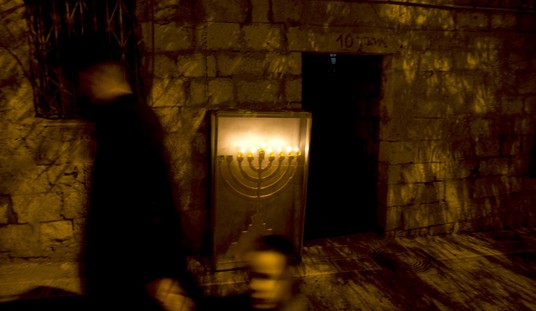Consider whether archaeologists of the far future will understand the social significance of the existence of the built-in ashtray — and its disappearance — standard on the SAGE computer display terminals of the 1950s. The Semi-Automatic Ground Environment (SAGE) air defense system “was an automated control system for tracking and intercepting enemy bomber aircraft used by NORAD from the late 1950s into the 1980s.” While the heart of the system was giant computer called AN/FSQ-7, operators controlled the beast from terminals equipped with technological innovations which would not become common for decades: a CRT display which represented data in graphical form, a pointing device in the form of a light pen and modems for wide-area networking. But if SAGE situation displays were a harbinger of the future, the terminal contained features which were representative of things even then receding into the social past: the built-in cigarette lighter and ashtray. Significantly and probably to the astonishment of moderns, the consoles had no integral coffee cup holder.
The AN/FSQ-7 is the largest computer ever built,[citation needed] and will likely hold that record in the future. Each machine used 55,000 vacuum tubes, about ½ acre (2,000 m²) of floor space, weighed 275 tons and used up to three megawatts of power. … Each SAGE site included two computers for redundancy, with one processor on “hot standby” at all times. In spite of the poor reliability of the tubes, this dual-processor design made for remarkably high overall system uptime. 99% availability was not unusual.
SAGE sites were connected to multiple radar stations which transmitted tracking data (range and azimuth) in digitized format by modem over ordinary telephone lines. These digitized inputs were automatically prepared from analog radar inputs by the AN/FST-2B (or successor, AN/FYQ-47) at the radar stations. The SAGE computers then collected the tracking data for display on a CRT as icons. Situation Display (SD) console operators at the center could select any of the “targets” on the display with a light gun, and then display additional information about the tracking data reported by the radar stations. Up to 150 operators could be supported from each center. Each SD operator console was equipped with an integral cigarette lighter and ashtray.
The fabled cigarette lighter and ashtray were first described to me in the living room of a Raytheon engineer, who spoke of the “big leather chairs” and “finely finished situation displays” of SAGE with the kind of wistfulness that goes beyond nostalgia. He was talking about the terminals in the way one might describe a vanished way of life; in the way an Australian aborigine might describe the Dreamtime. It wasn’t that the engineer wanted the past back; it was simply that he knew where the past was and was looking back at it in the way a sailor looks out on the wake. And in the trackless path of hours, the vanished ashtray was the signpost that divided one era from another. Some events acquire significance because they happen to concide with what in retrospect was a divide. Right around the time SAGE was being introduced a light plane crashed near Clear Lake, Iowa with Buddy Holly, Ritchie Valens, and J. P. “The Big Bopper” Richardson aboard, killing them all. February 3, 1959 is widely known as “The Day the Music Died“. Don McLean in his hit single “American Pie” used the date as a convenient reference to a sea-change and people to whom American Pie’s references resonate have written volumes about the significance of McLean’s lyrics. The crash itself may have caused little; but the timing of the event made it a marker for a host of things. McLean himself says, “you will find many ‘interpretations’ of my lyrics but none of them by me… sorry to leave you all on your own like this but long ago I realized that songwriters should make their statements and move on, maintaining a dignified silence.” Which brings us full circle to the question of what construction social historians of the future will put on the day the ashtray was replaced by the coffee cup holder.
Oh, and there we were, all in one place
A generation lost in space
With no time left to start again
So come on, Jack, be nimble, Jack be quick
Jack Flash sat on a candlestick
‘Cause fire is the devils only friend
Oh, and as I watched him on the stage
My hands were clenched in fists of rage
No angel born in Hell
Could break that Satan’s spell
And as flames climbed high into the night
To light the sacrificial rite
I saw Satan laughing with delight
The day the music died
SAGE.
[youtube vzf88oM9egk]










Join the conversation as a VIP Member